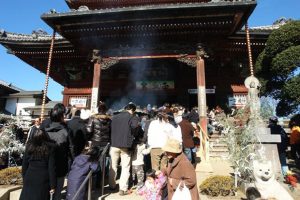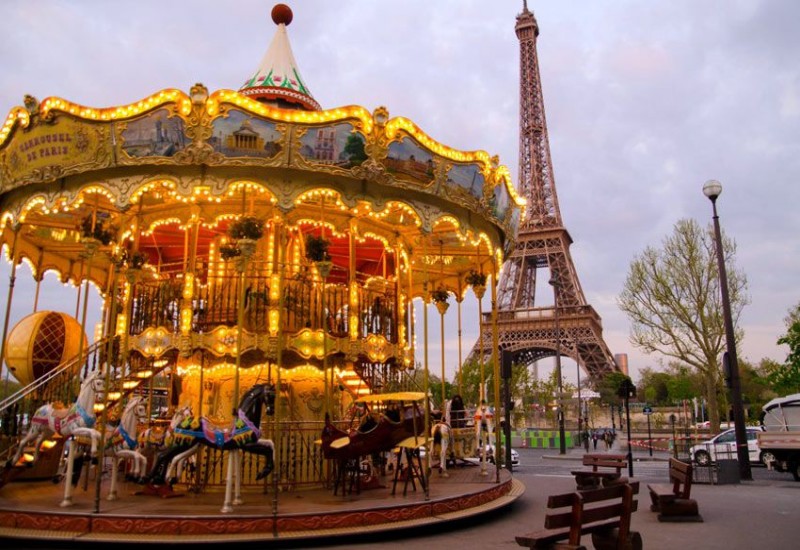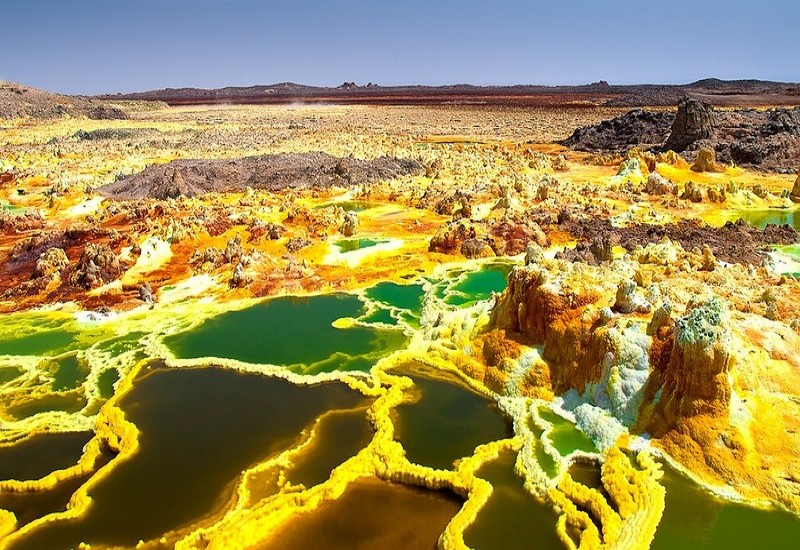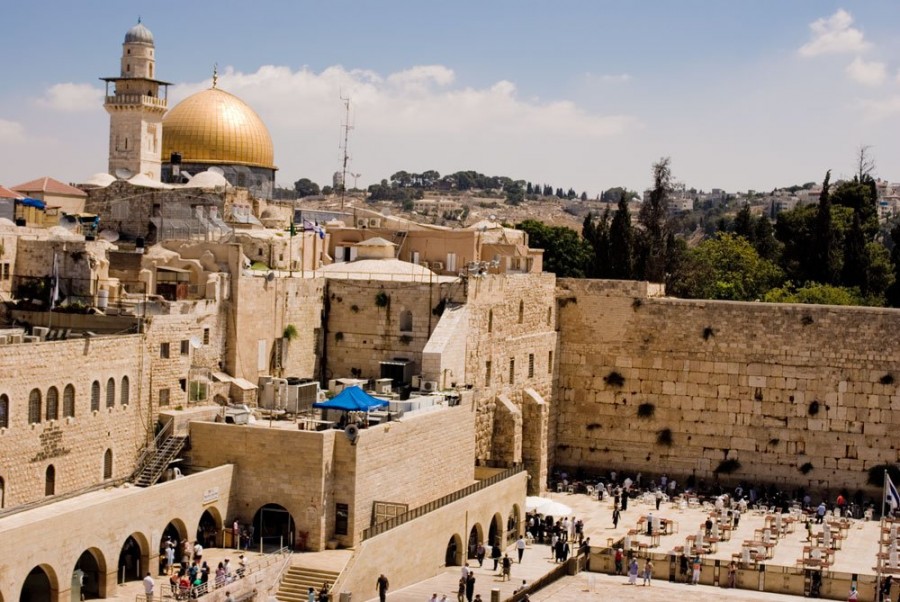New Year in Japan
 New Year in Japan is a very bright and unusual event for European tourists. In the country of the rising sun, the celebration of the New Year is one of the main events of the calendar, and many nuances and features are associated with it. Some of them can be quite unexpected and can even disappoint a Ukrainian tourist.
New Year in Japan is a very bright and unusual event for European tourists. In the country of the rising sun, the celebration of the New Year is one of the main events of the calendar, and many nuances and features are associated with it. Some of them can be quite unexpected and can even disappoint a Ukrainian tourist.
If in most countries of the world on January 1, most restaurants offer a special holiday menu, shopping centers work according to special schedules, and special New Year programs are waiting for guests in theaters and clubs, then in Japan everything is different – Japanese New Year traditions are significantly different from what accustomed to European tourists.
For example, on New Year’s holidays, many tourist attractions, restaurants, shops and shopping centers in Japan simply do not work, and this feature often turns out to be a complete surprise to travelers who simply cannot imagine their trip without traditional New Year shopping and other, no less familiar, events.
But if you are going to this amazing country to get acquainted with a fine oriental culture and for new experiences, then the unusual Japanese traditions of the New Year celebration, a special menu and many interesting customs will turn your New Year holidays into something fantastic.
So, do you plan to celebrate New Year 2015 in Japan, and not in Ukraine? Then this article will be useful and interesting for you!
Spend New Year in Japan: traditions and customs
The New Year itself in Japan is called Shogatsu, and the first day of the coming year is called Gantan. In this country, it is a tradition to greet everyone you know at the first meeting in the coming year with akemashite-omedetou-gozaimasu (traditional New Year’s greetings).
On New Year’s Eve, Kōhaku Uta Gassen takes place in Japan (translated as “Red and White Song Tournament”). This is a traditional music show, which has been held annually since 1951 and is broadcast on all channels and radio waves of the country. For many decades, watching the Kōhaku Uta Gassen music contest on New Year’s Eve by the Japanese has become almost the same tradition as the “Blue Light” in the post-Soviet space.
Here, by the way, you can see (and hear) the usual countdown of the chiming clock – this innovation has recently gained popularity in Japan, especially in large cities. But the fireworks, without which our tourists usually can not imagine a real New Year’s Eve, are rare here.
Another unusual New Year’s tradition is otoshidama, a cash gift for a child. Such gifts are given when visiting a family with children in Japan during the New Year holidays: the money is packed in small envelopes and given to adult children by the kids. So if you plan to visit someone during your New Year holidays in Japan, be sure to prepare just in case a few of these gift envelopes for children.
New Year’s transport in Japan
Both domestic and international transport operate very intensively throughout the New Year holidays, as the Japanese usually pay visits to their relatives living in rural areas and abroad on the New Year, traveling both in Japan and other countries.
The peak of trips, as a rule, falls on the period from December 29 to December 31, when residents of large megacities leave for the province, and from January 2 to 4 when they return home. Be sure to keep in mind that buying tickets for any type of transport in Japan for these dates is quite problematic.
Schedule for the New Year holidays
Most tourist attractions, shops, restaurants, banks and ATMs in Japan are closed for one or several days from December 29 to January 4.
Visits to almost all the attractions on these days are limited, especially the first day of the new year. Many museums stop working for several days, not just January 1.
Stores can work for several days before and several days after the New Year on an abbreviated schedule, but on January 1, almost all of them are usually closed.
Restaurants are usually closed one day (January 1) or more, but Japanese fast-food restaurants, hotel cafes and small bistros work mostly according to the standard schedule.
Temples and shrines of Japan, of course, continue to work all days, especially on New Year’s Eve.
Hatsumode
Tourists who are in Japan during the New Year can also get acquainted with another tradition of the Shogatsu celebration and go to the temple on January 1 with the Japanese at Hatsumode (the custom of visiting local shrines in the early days of the new year). Hatsumode celebrations take place in almost every shrine and temple throughout Japan.
In popular Japanese shrines you will find a festive atmosphere, unusual religious festivities, stands with New Year’s treats and trays with talismans. Japanese New Year talismans, by the way, deserve special attention: here it is customary to buy a talisman for the coming year




